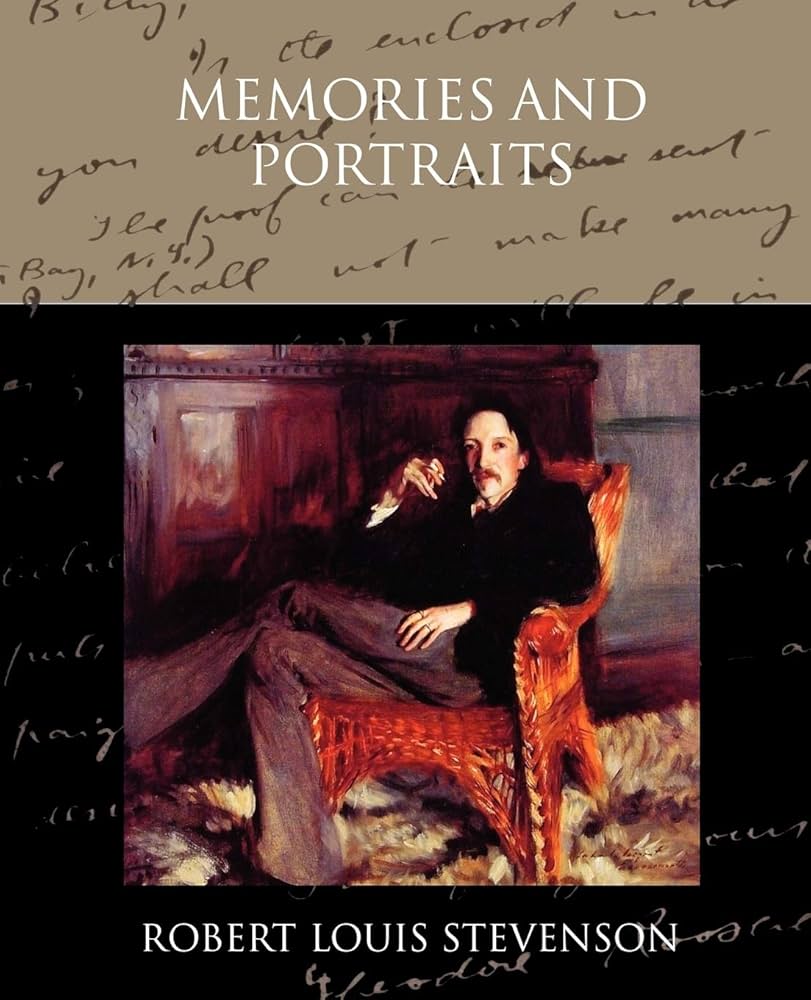Chapter II — Memories and Portraits
byChapter II continues with an exploration into how fiction distills life rather than replicating it. The author insists that while a novel might appear complex on the surface, its strength often lies in its underlying simplicity. Great novels, like great paintings, use clear strokes that sharpen a specific human truth rather than crowding the canvas with every detail of reality. Through focused intention, fiction can illuminate the subtleties of emotion or the weight of circumstance with greater clarity than daily life ever allows. This simplicity does not lessen a novel’s worth—it refines its reach. Complexity, when properly structured, stems from clarity rather than clutter. What readers respond to most is often not how many details are present, but which ones were chosen to remain.
The chapter then turns its attention toward Mr. W. D. Howells, presenting him not merely as a contemporary writer but as an emblem of a particular literary school. He is seen to represent the belief that art, like science, progresses through rejection of the old and embrace of the new. Yet, the author points out that such purism risks limiting a writer’s imaginative scope. By turning away from what once stirred readers—the unusual, the fantastic, the romantic—Howells narrows his field of vision. The writer acknowledges that Howells, despite himself, produces work richer than his theories. It is in those moments when he inadvertently defies his own doctrine that his stories seem most alive and enduring.
There’s a nuanced critique in the essay that centers on the dangers of uniformity in literature. By focusing so heavily on what is average or broadly relatable, a story may overlook what makes an individual memorable. The particular is what gives a character breath, what lifts a scene into something unforgettable. Normalcy might anchor realism, but it is eccentricity that stirs imagination. Literature thrives not solely on what is commonly human, but on the rare spark that sets a person or situation apart. Without that spark, fiction may feel accurate but lack vitality.
Readers are reminded that literature, at its best, serves both mirror and window. It reflects familiar emotions and situations while also opening pathways to unfamiliar lives and inner worlds. The writer calls for a broader view—one that accepts personal vision and creative flair as essential to art, not indulgent detours from realism. Even romantic ideals, long treated as outdated by certain modern thinkers, are defended here as deeply human. Romance, in this context, means more than love stories—it points to imagination, the unexpected, and the transcendent. To ignore these is to risk stripping literature of its enduring soul.
What emerges is an argument not against realism, but against exclusivity in method. The world holds both ordinary people and extraordinary occurrences, and fiction should be spacious enough to hold both. The essay encourages writers to remain attentive not just to their era’s dogmas, but to their own insights. It is in the blend of the precise and the peculiar that great fiction finds its depth. A faithful portrait of society need not come at the expense of wonder. And it is in keeping room for wonder that literature remains a vital art, rather than a pale reflection of everyday life.
In essence, Chapter II stands as both a critique and a defense: a critique of limiting literary orthodoxy, and a defense of the imaginative elements that elevate storytelling. It cautions against reducing the role of fiction to mere social commentary, and instead reaffirms the creative writer’s responsibility to bring new dimensions to the human experience. True engagement in literature comes when the writer is not merely a chronicler of facts but a seer of truths—some real, some dreamed, all meaningful.

